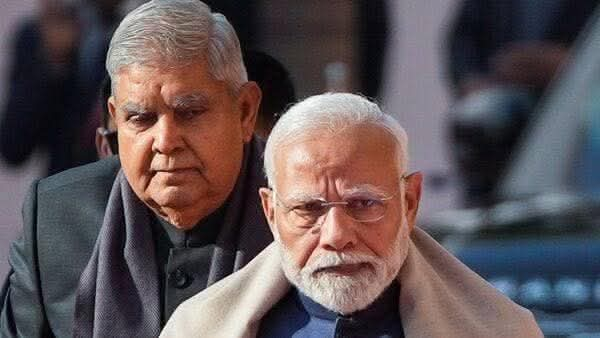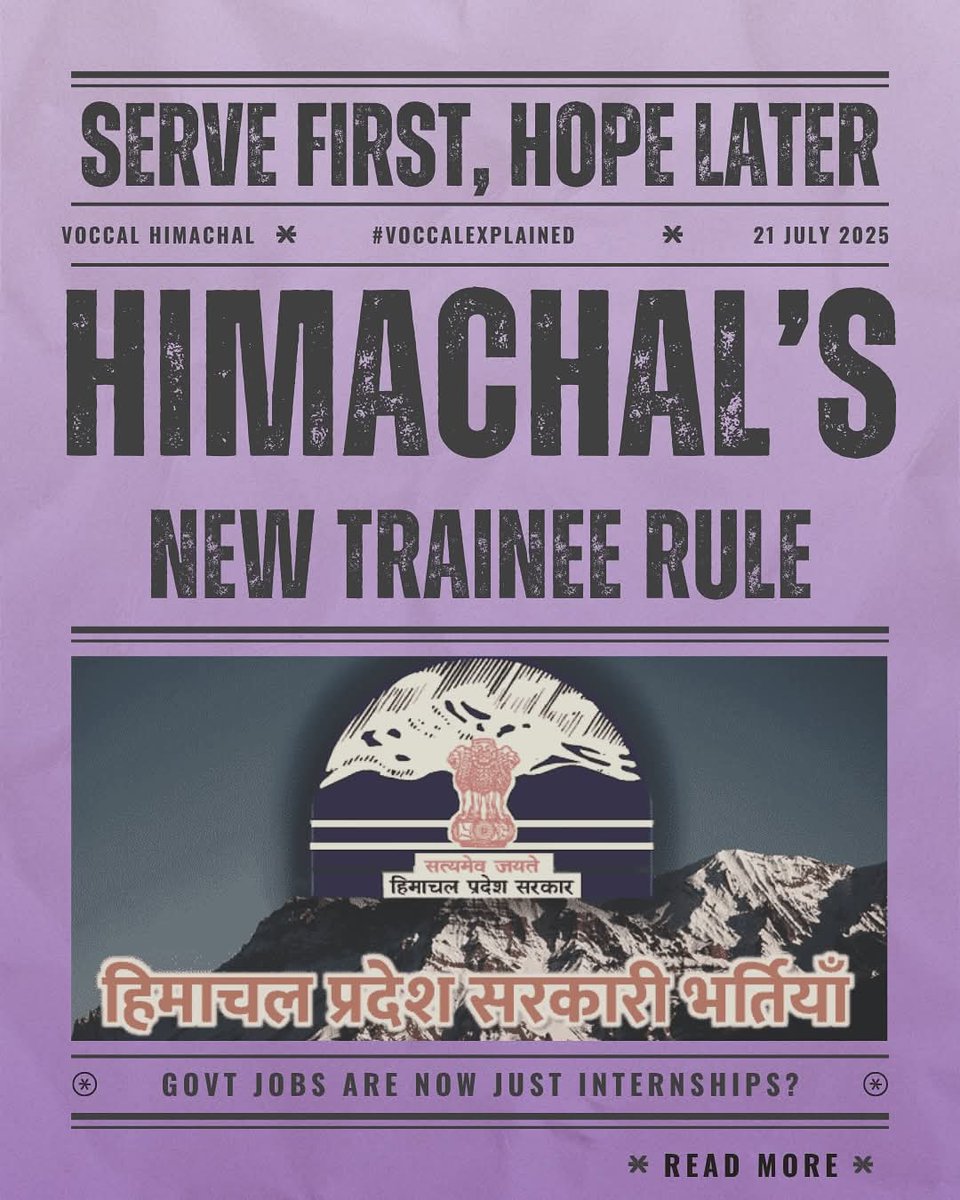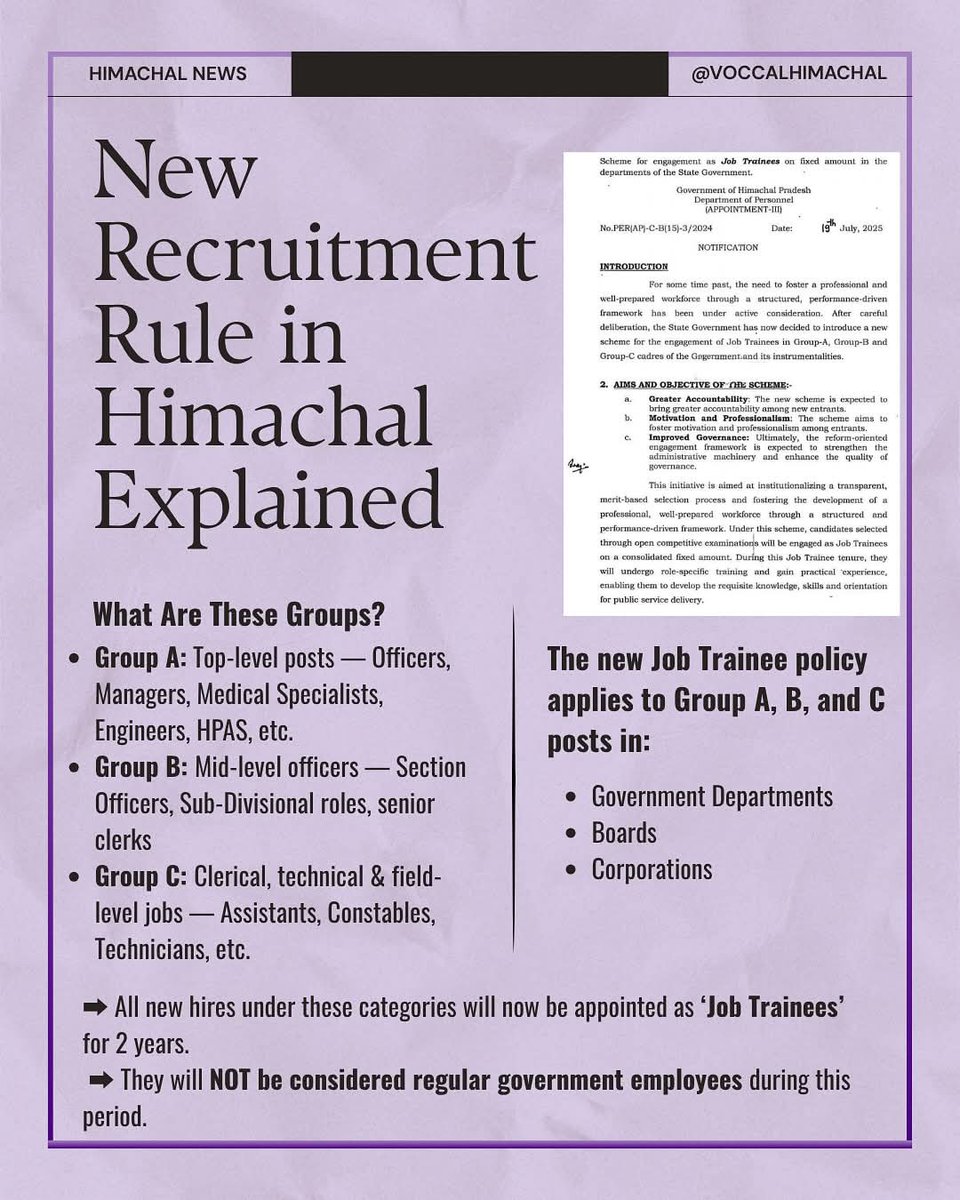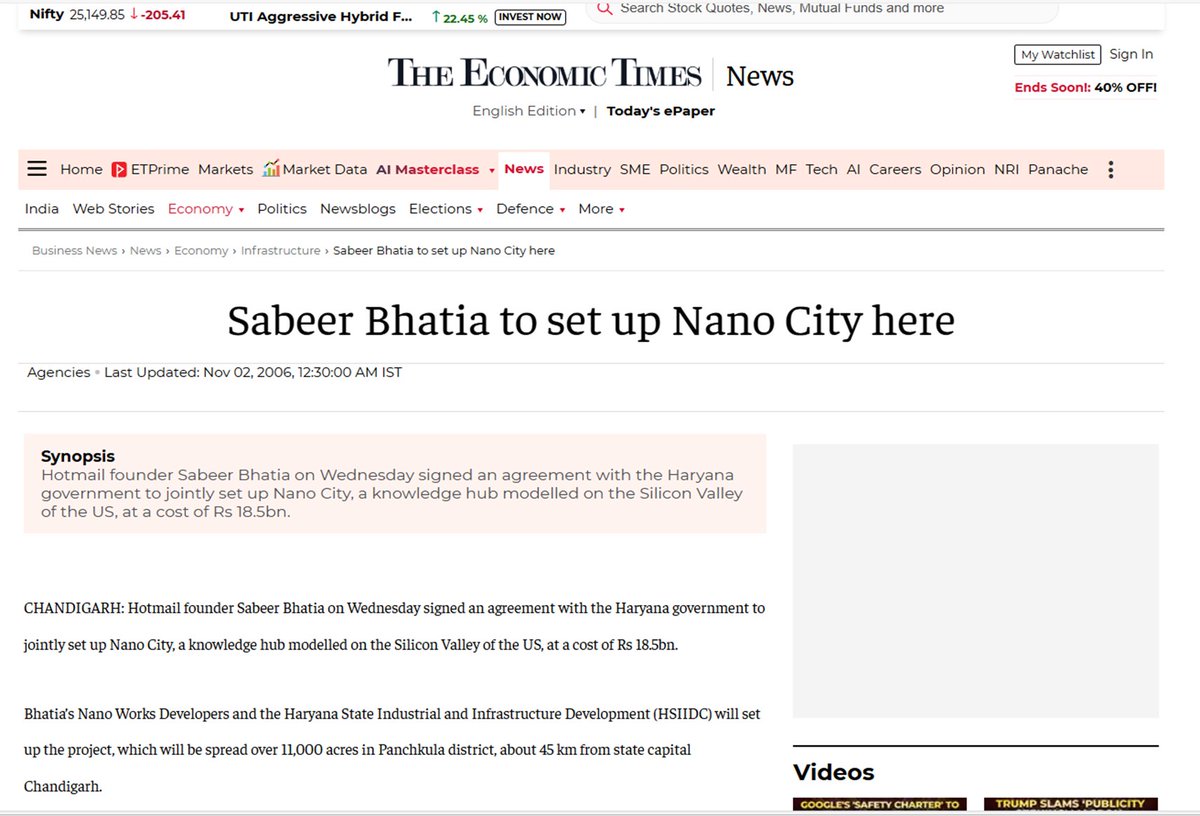How Nehru and Indira gifted away India's strategic parts to its Neighbours 🧵
An RTI query exposed one more dark chapter of Nehruviaqn dynasts when it came to public knowledge that Late Smt Indira Gandhi Gifted Katchatheevu island of Tamilnadu to Shri Lanka!!
Since 1947 Nehru and his dynasty ruled India like its personal fiefdom.
Today we will see, how this family literally gifted away India to its Neighbours for own whims and fancies leading to present strategic crisis on India's land and maritime borders.
An RTI query exposed one more dark chapter of Nehruviaqn dynasts when it came to public knowledge that Late Smt Indira Gandhi Gifted Katchatheevu island of Tamilnadu to Shri Lanka!!
Since 1947 Nehru and his dynasty ruled India like its personal fiefdom.
Today we will see, how this family literally gifted away India to its Neighbours for own whims and fancies leading to present strategic crisis on India's land and maritime borders.

1. Kabaw Valley, Manipur
In 1953, Nehru visited Northeast and gifted 11000 square kilometer area of Kabaw valley in Manipur to Burma as a gesture of friendship!!
Now this valley is home to insurgent groups funded and supported by China to spread unrest in Northeast India.
In 1953, Nehru visited Northeast and gifted 11000 square kilometer area of Kabaw valley in Manipur to Burma as a gesture of friendship!!
Now this valley is home to insurgent groups funded and supported by China to spread unrest in Northeast India.

2. Coco Islands
In 1947, after some informal meetings with Lord Mountbatten, the then viceroy of India, Jawaharlal Nehru, considered this area nothing but a barren land and gave it away to the Britishers who leased it out to the Burmese. And since 1994, it has been revealed in several media reports that the Myanmar government has leased out the Island to the Chinese who have purportedly made it a center to spy on DRD’s missile programs.
In 1947, after some informal meetings with Lord Mountbatten, the then viceroy of India, Jawaharlal Nehru, considered this area nothing but a barren land and gave it away to the Britishers who leased it out to the Burmese. And since 1994, it has been revealed in several media reports that the Myanmar government has leased out the Island to the Chinese who have purportedly made it a center to spy on DRD’s missile programs.

3. Katchatheevu Island
It was gifted to Shri Lanka by then Prime minister of India Late Smt Indira Gandhi IN 1974.
Katchatheevu is an uninhabited off-shore island in the Palk Strait. It was shaped due to volcanic eruptions in the 14th century.
The administration of the 285-acre land was made by India and Sri Lanka during British rule.
The island is situated between Rameswaram (India) and Sri Lanka. The usage of Island was traditionally done by both Sri Lankan and Indian fishermen.
Under the “Indo-Sri Lankan Maritime agreement” the Katchatheevu Island has been accepted by Sri Lankan territory.
There were for very long time both countries’ fishermen have been fishing in each other’s waters without conflict.
The issue came out with signing of four Maritime Boundary Agreements during 1974-1976 by both countries.
The agreement marked the international maritime boundary of India and Sri Lanka.
The problem turned serious after the next few decades went well. The problem popped out when fish and aquatic life in the Indian continental shelf depleted and this depleted condition resulted in an increased number of Indian fishermen in the region.
Now the real problem came up IN 2021 when Sri Lanka govt. sold three islands next to Katchatheevu in Pak strait, Delft, Analativu and Nainativu to CHINA FOR SETTING UP POWER PLANST!!!
It was gifted to Shri Lanka by then Prime minister of India Late Smt Indira Gandhi IN 1974.
Katchatheevu is an uninhabited off-shore island in the Palk Strait. It was shaped due to volcanic eruptions in the 14th century.
The administration of the 285-acre land was made by India and Sri Lanka during British rule.
The island is situated between Rameswaram (India) and Sri Lanka. The usage of Island was traditionally done by both Sri Lankan and Indian fishermen.
Under the “Indo-Sri Lankan Maritime agreement” the Katchatheevu Island has been accepted by Sri Lankan territory.
There were for very long time both countries’ fishermen have been fishing in each other’s waters without conflict.
The issue came out with signing of four Maritime Boundary Agreements during 1974-1976 by both countries.
The agreement marked the international maritime boundary of India and Sri Lanka.
The problem turned serious after the next few decades went well. The problem popped out when fish and aquatic life in the Indian continental shelf depleted and this depleted condition resulted in an increased number of Indian fishermen in the region.
Now the real problem came up IN 2021 when Sri Lanka govt. sold three islands next to Katchatheevu in Pak strait, Delft, Analativu and Nainativu to CHINA FOR SETTING UP POWER PLANST!!!

4. Andaman Nicobar Islands
Most contentious part of 1947 geography demarcation between India and Pakistan were Andeman and Nicobar Islands.
Britain wanted to keep them with itself for its Navy's transit stop for further trade routes to Australia and pacific territories, while Pakistan wanted them as a transit route stop to East Pakistan. Nehru had almost given up these Islands to Britain, had it not been for the intervention of Sardar Patel.
Most contentious part of 1947 geography demarcation between India and Pakistan were Andeman and Nicobar Islands.
Britain wanted to keep them with itself for its Navy's transit stop for further trade routes to Australia and pacific territories, while Pakistan wanted them as a transit route stop to East Pakistan. Nehru had almost given up these Islands to Britain, had it not been for the intervention of Sardar Patel.

5. Lakshadweep islands
Just like Andaman Nicobar islands, Britain wanted to keep them with itself for its Navy's transit stop for further trade routes to Australia and pacific territories, while Pakistan wanted them as a transit route stop to East Pakistan. Nehru had almost given up these Islands to Britain, had it not been for the intervention of Sardar Patel who sent an Indian Navy frigate to be anchored their as he had sensed Jinnah's special interest in these muslim population dominated islands!!
Just like Andaman Nicobar islands, Britain wanted to keep them with itself for its Navy's transit stop for further trade routes to Australia and pacific territories, while Pakistan wanted them as a transit route stop to East Pakistan. Nehru had almost given up these Islands to Britain, had it not been for the intervention of Sardar Patel who sent an Indian Navy frigate to be anchored their as he had sensed Jinnah's special interest in these muslim population dominated islands!!

6. Aksai Chin
Much has been written about how Nehru let go Aksai Chin in 1962 to Chinese invading army.
A year before the Sino-Indian war on December 5, 1961 during the debate on Aksai Chin in Rajya Sabha, Prime Minister Jawaharlal Nehru had made that famous statement in Parliament of “not a blade of grass grows there”. This was at a time when China was invading, infiltrating and occupying Ladakh (Aksai Chin). It invoked immediate sharp rejoinder from Mahavir Tyagi who pointed to his bald head and wanted to know whether he too should treat it as useless?
One line in English of Nehruivian logic costed India 38000 Sq Kms of its own land!!
Much has been written about how Nehru let go Aksai Chin in 1962 to Chinese invading army.
A year before the Sino-Indian war on December 5, 1961 during the debate on Aksai Chin in Rajya Sabha, Prime Minister Jawaharlal Nehru had made that famous statement in Parliament of “not a blade of grass grows there”. This was at a time when China was invading, infiltrating and occupying Ladakh (Aksai Chin). It invoked immediate sharp rejoinder from Mahavir Tyagi who pointed to his bald head and wanted to know whether he too should treat it as useless?
One line in English of Nehruivian logic costed India 38000 Sq Kms of its own land!!
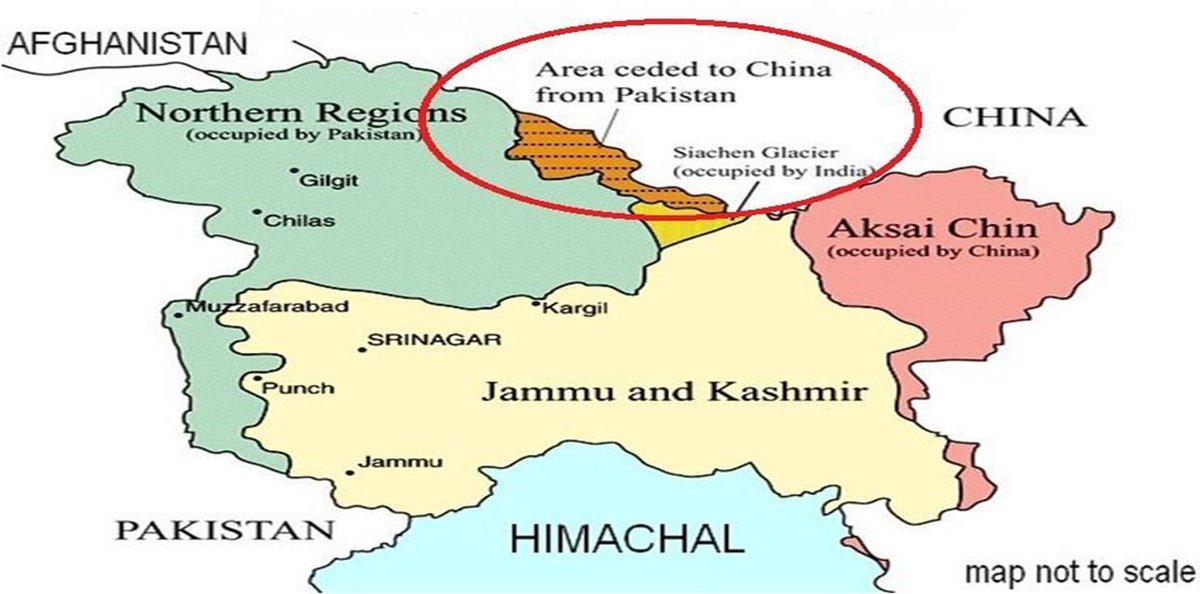
7. Kashmir
More we say anything on Kashmir less it is!!
You can simply understand it from the fact that Nehru entrusted responsibility of all the princely states in India to merge with India, with Sardar Patel but he kept Kashmir issue with himself!!
Reason for this exception was Nehru's personal equation with then Maharaja of Kashmir, Hari Singh.
On May 10 1946, the National Conference under the leadership of Sheikh Mohammad Abdullah, launched the ‘Quit Kashmir’ movement.
In his speech on 17 May, 1946, Sheikh Abdullah said, ‘The tyranny of the Dogras has lacerated our souls. It is time for action. You must fight and enter the field of ‘Jihad’ as soldiers. Every man, woman and child will shout ‘Quit Kashmir’. The Kashmiri nation has expressed its will. I ask for a plebiscite on this question.
On May 20, he was arrested. The other prominent leaders of the National Conference were also detained.
Ironically, Nehru went all out to defend Sheikh Abdullah who was calling for a ‘jihad’ against Hindu Dogras.
He not only demanded immediate release of Sheikh Abdullah but himself proceeded to Kashmir to make arrangements for Sheikh’s defence.
Maharaja Hari Singh prohibited Nehru’s entry into the state as this would have further added fuel to the fire that would have threatened the existence of Hindus in the state. Nehru defied the order and he was arrested.
Nehru was furious for his arrest and he took it as a personal insult to him.
This was the reason Nehru delayed accession of Kashmir to India as he had a personal score to settle with Maharaja Hari Singh!!
Even after accession of Kashmir to India, Nehru was not satisfied with hoisting his buddy Sheikh Abdullah as political king of the Kashmir.
When Pakistan staked claim to Kashmir and attacked it in 1947, Nehru took Kashmir issue to the United Nations, thus creating a permanent geopolitical dispute with Pakistan which Pakistan manipulates till date.
More we say anything on Kashmir less it is!!
You can simply understand it from the fact that Nehru entrusted responsibility of all the princely states in India to merge with India, with Sardar Patel but he kept Kashmir issue with himself!!
Reason for this exception was Nehru's personal equation with then Maharaja of Kashmir, Hari Singh.
On May 10 1946, the National Conference under the leadership of Sheikh Mohammad Abdullah, launched the ‘Quit Kashmir’ movement.
In his speech on 17 May, 1946, Sheikh Abdullah said, ‘The tyranny of the Dogras has lacerated our souls. It is time for action. You must fight and enter the field of ‘Jihad’ as soldiers. Every man, woman and child will shout ‘Quit Kashmir’. The Kashmiri nation has expressed its will. I ask for a plebiscite on this question.
On May 20, he was arrested. The other prominent leaders of the National Conference were also detained.
Ironically, Nehru went all out to defend Sheikh Abdullah who was calling for a ‘jihad’ against Hindu Dogras.
He not only demanded immediate release of Sheikh Abdullah but himself proceeded to Kashmir to make arrangements for Sheikh’s defence.
Maharaja Hari Singh prohibited Nehru’s entry into the state as this would have further added fuel to the fire that would have threatened the existence of Hindus in the state. Nehru defied the order and he was arrested.
Nehru was furious for his arrest and he took it as a personal insult to him.
This was the reason Nehru delayed accession of Kashmir to India as he had a personal score to settle with Maharaja Hari Singh!!
Even after accession of Kashmir to India, Nehru was not satisfied with hoisting his buddy Sheikh Abdullah as political king of the Kashmir.
When Pakistan staked claim to Kashmir and attacked it in 1947, Nehru took Kashmir issue to the United Nations, thus creating a permanent geopolitical dispute with Pakistan which Pakistan manipulates till date.

8. The legacy of a name and its misuse
Even within India, In nationa capital region of Delhi Nehru Gandhi dynasty created landmarks, buildings, institutuitons with personal name ascribed to them at the expense of the tax payor money for self glorified monuments.
Even within India, In nationa capital region of Delhi Nehru Gandhi dynasty created landmarks, buildings, institutuitons with personal name ascribed to them at the expense of the tax payor money for self glorified monuments.

9. The Last journey of land occupation
Just look at the below map and guess for yourself, how a family went all out to stamp its power footprints on govt land with full pomp and show!!
The union government has spent more than Rs 20 crore in the last five years on the maintenance of VIP samadhis in the national capital including Shanti Van and Shakti Sthal, and the samadhis of Jawahar Lal Nehru and Indira Gandhi respectively.
The civil wing of the Central Public Works Department (CPWD) gave this information in response to an RTI application filed by Dev Ashish Bhattacharya. The figure will escalate when adding the amount spent by the electrical and horticulture wing of the CPWD, which is information that the applicant is yet to receive. The figure Rs 20 crore does not include the amount spent on Rajghat, the memorial of Mahatma Gandhi as it is maintained by Gandhi Smriti.
Source: ()firstpost.com/delhi/did-you-…
Just look at the below map and guess for yourself, how a family went all out to stamp its power footprints on govt land with full pomp and show!!
The union government has spent more than Rs 20 crore in the last five years on the maintenance of VIP samadhis in the national capital including Shanti Van and Shakti Sthal, and the samadhis of Jawahar Lal Nehru and Indira Gandhi respectively.
The civil wing of the Central Public Works Department (CPWD) gave this information in response to an RTI application filed by Dev Ashish Bhattacharya. The figure will escalate when adding the amount spent by the electrical and horticulture wing of the CPWD, which is information that the applicant is yet to receive. The figure Rs 20 crore does not include the amount spent on Rajghat, the memorial of Mahatma Gandhi as it is maintained by Gandhi Smriti.
Source: ()firstpost.com/delhi/did-you-…
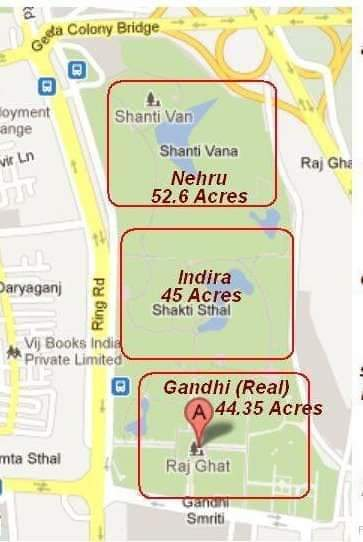
10. The disease of Pseudo Secular Family gifted as secularism to the Bharat
Just look at the below family map and change in surnames down the line!!
This is what they painted as secularism and destroyed social fabric of sanatan Bharat.
And it started with Nehru much much before that 42 nd amendment of the constituiton of the India!!
Just look at the below family map and change in surnames down the line!!
This is what they painted as secularism and destroyed social fabric of sanatan Bharat.
And it started with Nehru much much before that 42 nd amendment of the constituiton of the India!!

11. This is the family who still wants to rule Bharat and keep fleecing Bharat for gaining riches to fill their own pockets.
We have a chance to shut them down forever in 2024 upcoming Loksabha elections.
Your one right vote can cure Bharat from this perenial Nehruvian dynasty disease!!
We have a chance to shut them down forever in 2024 upcoming Loksabha elections.
Your one right vote can cure Bharat from this perenial Nehruvian dynasty disease!!

• • •
Missing some Tweet in this thread? You can try to
force a refresh


